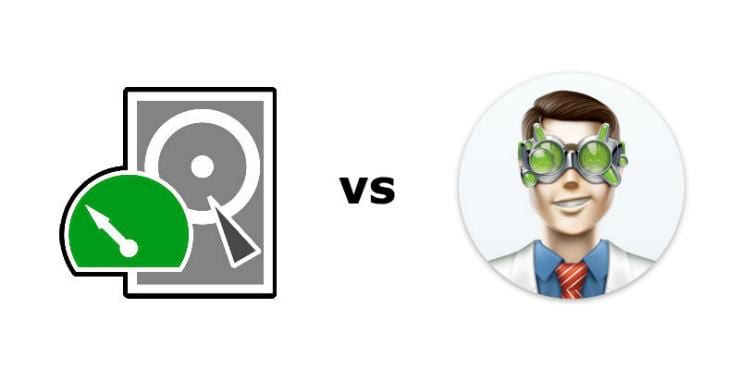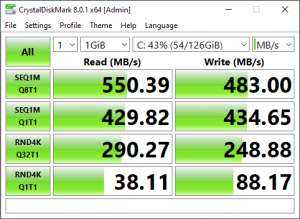

Then I put on my “bad user” hat and acted out a typical scenario that can lead to the need for data recovery software. The disk is partitioned into two 8GB partitions named, aptly enough, partition1 and partition2.Įach partition had about 50% of its capacity used as I simply copied over the contents of my current Download folder to each partition so there was something to test. The disk we will use to test the software on is a Wilk USB disk with a capacity of 16GB. We will perform this TestDisk tutorial using a MacBook Air circa 2015 running Mojave. I had to perform this task for both TestDisk and PhotoRec, but only for their initial execution. The first time you attempt to start the application you may need to modify your security settings if you are restricting apps from unknown developers from running.

Expanding that folder revealed a number of files including the executable files for TestDisk and PhotoRec.Ī note on running these programs on macOS computers.

You can also use TestDisk to generate information concerning a corrupted drive which can be used for troubleshooting by technical support specialists.Ī companion program called PhotoRec is more suited to recovering individual files, although that can be accomplished with TestDisk. The application’s main purpose is to recover lost disk partitions and fix bootable disks that are no longer booting correctly.

It is fully Open-Source software and is distributed under the terms of the GNU General Public License. TestDisk is a freeware data recovery tool developed and maintained by Christophe Grenier. In addition to relying on backups that you have taken to protect your system, there are a variety of data recovery tools available that can help you resolve the issue. In cases where the data is important, you may be forced to attempt a recovery. If you use computers extensively there is a good chance that eventually you will be faced with a situation involving data loss.


 0 kommentar(er)
0 kommentar(er)
